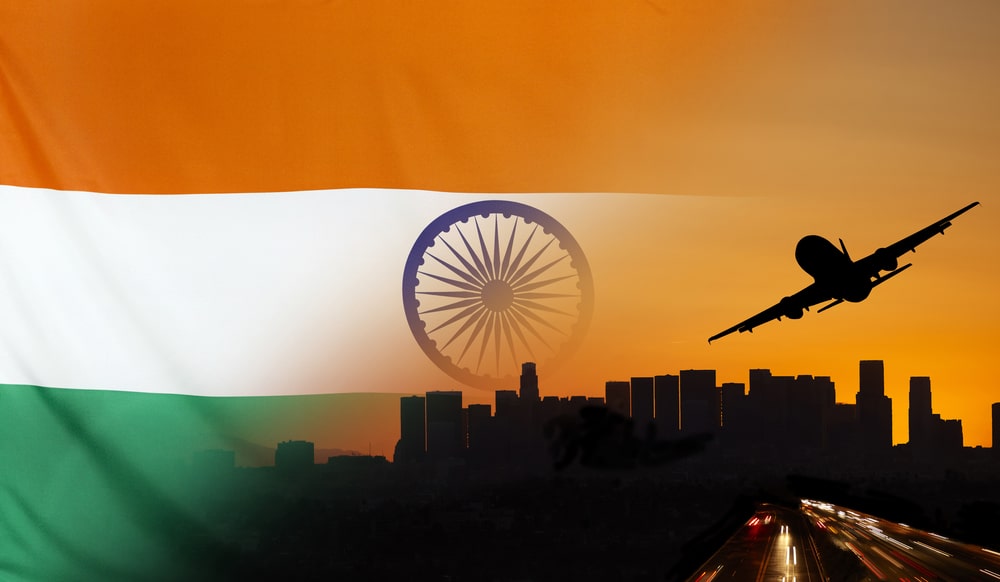
Pakistan has closed its airspace to Indian aircraft, the latest in a series of tit-for-tat measures between the two countries following the killing of tourists in Kashmir.
26 Tourists were killed in the town of Pahalgam in the northwestern India-administered state of Jammu and Kashmir.
India has linked the massacre to Pakistan militants, which Pakistan have vehemently denied. Pakistan has called for an “independent probe” into the incident, following India’s refusal to share evidence for its claims.
In the aftermath of the attack, there has been a flurry of measures from both countries including India’s suspension of a critical river water-sharing treaty.
The closure of Pakistan’s airspace will mean that Indian carriers including Air India, IndiGo, Alaska Air and SpiceJet will now have to fly costlier and longer flights on westbound routes to destinations in Europe, the Americas, Central Asia and the Middle East. The added time and potential refuelling costs from adding an extra stop has meant that routes are being suspended, cancelled and rerouted.
IndiGo, India’s largest airline by market share, estimated that around 50 routes may be impacted and has suspended flights to Almaty, Kazakhstan and Tashkent, Uzbekistan.
Air India announced that some of its flights to destinations in North America, Europe and the Middle East will now take an alternative route.
One executive, speaking on condition of anonymity to Reuters, said that flights on the carrier from New Delhi to the Middle East will now take an hour longer, which will mean less fuel and cargo.
Aircraft fuel and oil typically make up 30% of an airline’s operating costs, according to Reuters.
Closing the airspace will make it harder for Indian carriers to compete with international carriers who can continue to fly over Pakistan airspace.
Indian airlines dominate the number of international flights in and out of India, with more than 9,000 international departures scheduled this month, according to Cirium. Of this, Air India is scheduled to fly 519 flights to Europe and 309 flights to North America.
Crucially, as CNBC reports, nearly half of the outbound travel from India is to the Middle East, a key region for Indian workers and holidaymakers.
In 2023, 49.3% of all outbound travel from India was to the Middle East according to the Indian Tourism Data Compendium.
United Arab Emirates is the most popular destination in the region, according to India’s tourism data, with 7.2 million Indian nationals, and of these, 50% are migrant workers, 41% are leisure and recreational travellers and 9% are business travellers.
This is the not the first time that Pakistan has closed its airspace to Indian carriers. In 2019, Pakistan closed its airspace to Indian carriers for five months, with the cost to Indian carriers estimated to be $82 million, CNBC reports. Yet, with higher fuel costs and a sluggish global economy, a similar scenario can be expected to have a higher cost for Indian carriers.
The cost is expected to be borne by Indian carriers rather than passengers according to experts.
“It’s symbolic more than anything majorly disruptive for India’s airlines”, said John Grant, chief analyst at OAG. “These types of things on their own are unlikely to lead to an increase in prices”.

Related Articles
Aviation
Aviation
Aviation